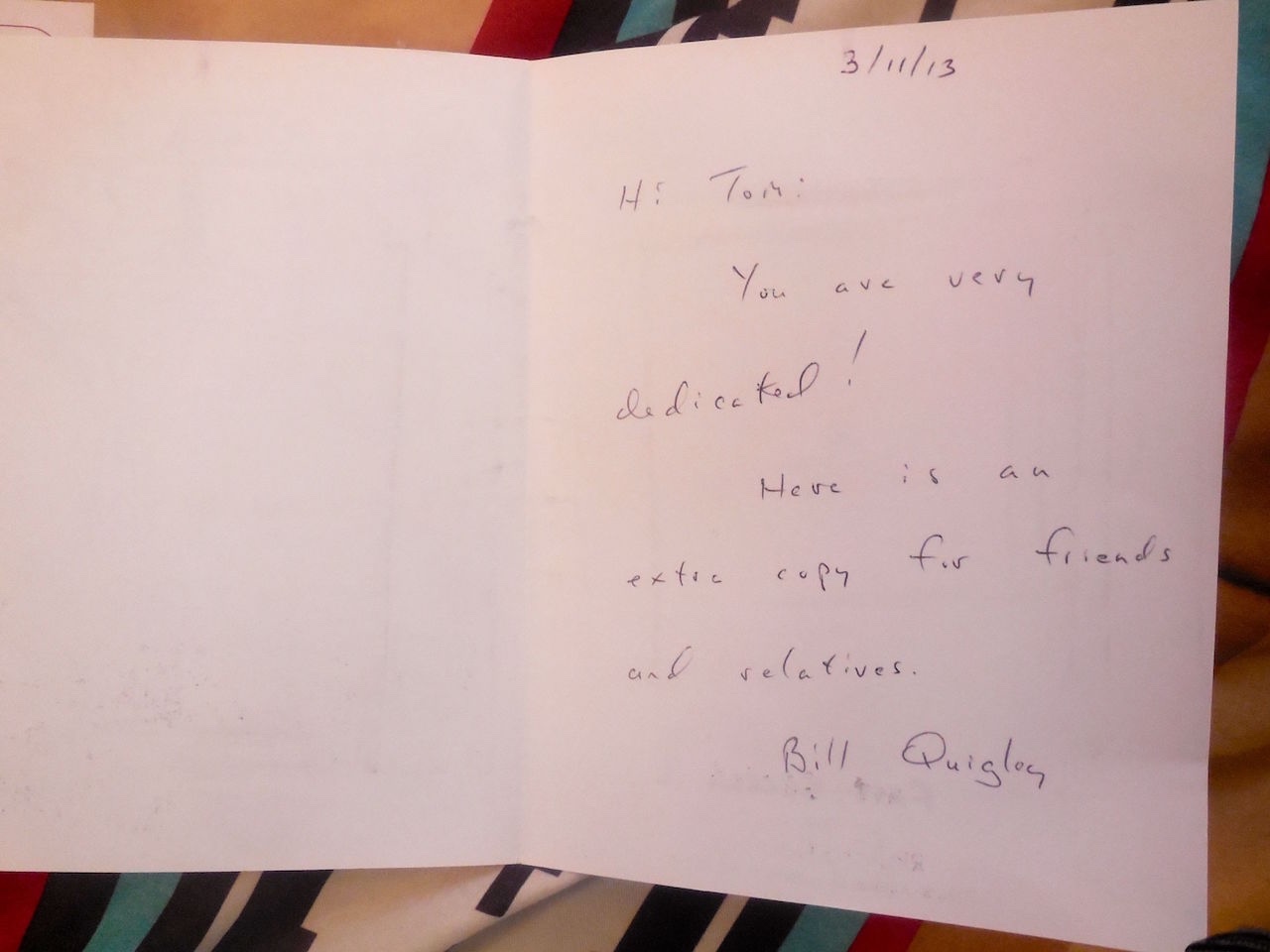Man writes of 17
years watching birds at 1 Gilbert site
Neely Ponds study documents species
during 1,103 visits
By Srianthi Perera The Republic |
azcentral.com Tue Feb 19, 2013 8:05 AM
Tom Cole
charts his life via bird sightings.
“I can explore my life using birds
as the milepost,” said the 61-year-old retired
game programmer and English-as-a-Second-Language
teacher in Chandler, who has authored a database
report, memoir and guide — all rolled into one.
Cole based his book, “The
Intersection: Seventeen Years of Bird Processing
on One Street Corner of the World,” on bird
sightings at Neely Ponds, Gilbert’s first
water-recharge facility.
From 1995 to 2011, Cole visited the
recharge facility at Cooper and Elliot roads 1,103
times (it’s 4 miles from his Chandler home). The
results — more than 13,000 birds from 149 species
— are incorporated in the 263-page, self-published
book.
“The Intersection” also captures
the universal experience of bird-watchers, who
spend hours, often alone, looking at birds and
taking notes on their behavior.
Cole’s remarks are often amusing.
For example, here’s a note: “The
bufflehead is a diving sea duck that stopped in to
visit a few times at Elliot and Cooper roads. The
male is snow white-blindingly white. It spends so
much time under water that you’ll see him surface
and you’ll say, “There he is!” to which someone
says, “Where?” and you say “Over there — oh, but
he dived again!” A minute later someone says,
“There he is! and you say “Where?” and they say
... Well, you get the idea.”
Although new and sophisticated data
formats exist to provide a more immediate way of
researching birds, Cole’s work took place during a
time when data technology was in its infancy.
“Cole chose a number of pathways
through the young field of personal data
management and has emerged with what amounts to a
long-term, unfunded, citizen science project in a
perfect, usable data format,” Pennsylvania birder
Kate Atkins stated in a review.
Krys Hammers, president of the
Desert Rivers Audubon Society, said Cole’s
methodical way of recording the bird sightings
gives insight to “what has been seen right there
in that same little area in his own backyard.”
Hammers said such observations from
years past are significant to birders.
“He really notices the behaviors
... It’s interesting because we all want to know
how habitat changes and climate affects birds and
their behavior and the sightings that we see.
That’s what’s kind of important as a birder. Just
to know what changes have occurred and maybe what
causes those changes,” she said.
Cole said that a beginner birder
may use the information with a standard field
guide to get their new hobby off to a faster
start, while an experienced birder may find the
book interesting and helpful to plan a day’s
birding.
It all began when Cole, a former
ESL lecturer at Arizona State University, mused
out loud to a friend that he hadn’t seen a
long-billed dowitcher in ages. The friend directed
him to Neely Ponds.
“The next weekend, I took his
advice, and afterwards it became my habit to get
up most Saturdays and Sundays and drive to the
site with my dog, Noodles, a 6- by 4-inch
notebook, and my Swift Audubon 8.5 x 44 Porro
binoculars,” he wrote in the book’s introduction.
Over the years, Cole’s notes filled
dozens of notebooks. He bought a commercial
bird-listing software program and entered every
bird he had seen at the site, plus others he had
seen in other sites over the years.
“The software did much of what I
wanted it to do, but I soon became dissatisfied
with it; it only provided a place for notes that
were associated with a single bird’s sighting,”
Cole wrote. “There was no way to attach notes to a
day’s sightings in a particular place so you could
use the software as a journal.”
Thus began Cole’s foray into
creating his own “bird processor,” as he calls it.
During this time, he programmed two databases from
ground up to view the bird data he gathered.
Cole also has authored several ESL
grammar texts and created the programs for
educational arcade-style computer games, among
them Fish Trek, Preposition Pinball, Diamond Mine,
and ESL Baseball. “The Intersection” is his first
book on bird-watching.
Cole’s bird findings are also
submitted to eBird, a citizen data collection site
sponsored by the Cornell Lab of Ornithology, which
is shared with the Avian Knowledge Network and the
Global Biodiversity Information Facility, an
open-source font of information for conservation
biologists worldwide.
The birder notes species such as
black-bellied whistling-duck, black-hooded
parakeet, phainopepla and American robin are seen
rarely at Neely Ponds. However, the northern
mockingbird,Anna’s hummingbird, mourning dove and
Albert’s towhee are common visitors to the site
and have been sighted about 500 times by Cole.
As for long-billed dowitchers, Cole
was rewarded with many sightings: between August
2003-May 2011, he saw 300.











